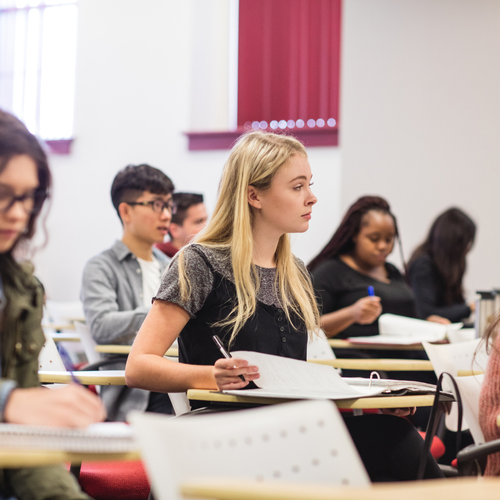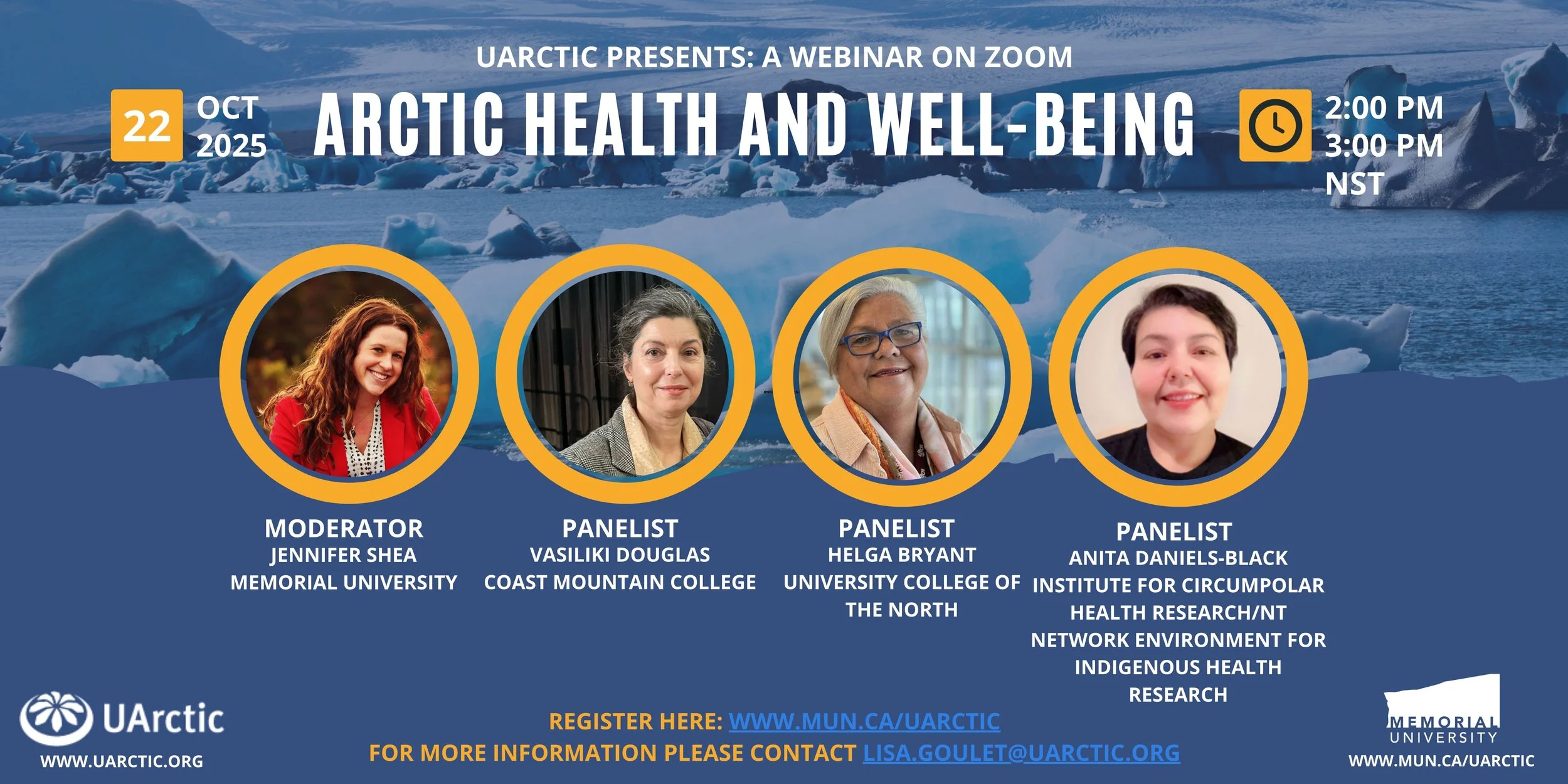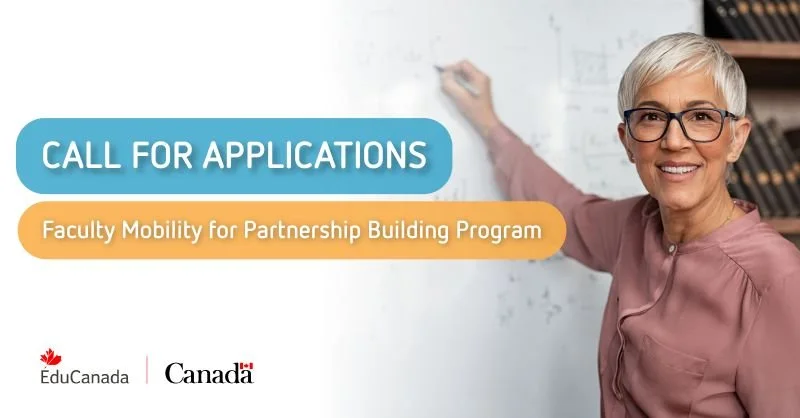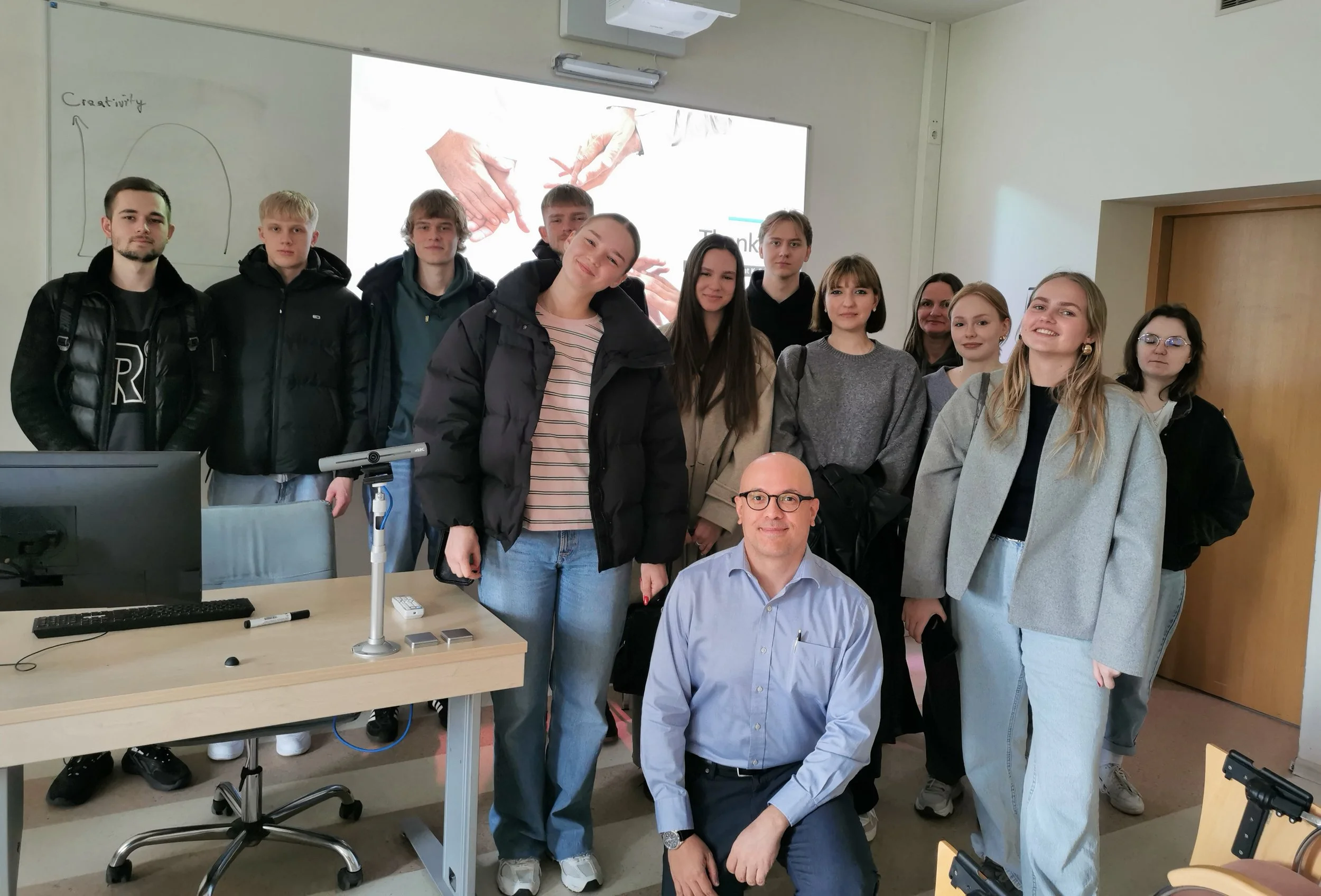Professional scientists and engineers are often required to explain their work to non-specialists, including members of the media and the general public. Popular science writing, found in newspapers and magazines such as National Geographic, Wired, Popular Mechanics, and Smithsonian, is one common way of communicating with the public.
Popular science writing differs from academic or technical writing in two main ways.
Purpose:
In science and engineering, the primary purpose of academic writing (e.g. lab reports) is to inform. In contrast, the primary purpose of popular science writing is to entertain.
Note that both forms of writing may also be intended to persuade: to convince the reader that a particular viewpoint is supported by data or other evidence. In popular writing, persuasion is used most often when discussing contentious subjects like climate change and vaccinations.
Audience:
Academic and technical writing is intended for other professionals: readers who have an existing knowledge of the subject and are doing required reading for work or continuing education.
In contrast, popular science writing is intended for “ordinary” people: non- specialists who are interested in science and engineering but may have no particular background in the subject at hand. To be understood, technical terms must be defined, and scientific concepts will likely need to be explained in greater detail than when writing for fellow professionals.
Components of a Popular Science Article
Opening Paragraph: Setting the Hook
Non-specialists read in their leisure time. As these readers have access to many other forms of entertainment, it is important to attract their attention quickly, in the first paragraph of a popular science article. This is called “hooking the reader,” and can be done in several ways:
Open with a quote. As in novels, dialogue is inherently interesting.
Set the scene. Use descriptive details to make readers feel they are in the action.
Begin with an anecdote. Stories draw readers in.
Start with a surprising fact or statistic that makes the reader say “wow.”
Draw on popular culture or common experience.
Try thinking about a friend or parent while writing, and begin with the information that would be most interesting to that person.
Body: Maintaining Interest
As in academic or technical writing, the body of a popular science article contains the bulk of the information. Many popular science readers, however, become bored or overwhelmed by data and statistics. To hold a reader’s interest throughout the body of the article, it is a good idea to balance heavy data with lighter, more engaging content.
Draft an outline before writing the body, to ensure frequent alternation between data, description, examples, anecdotes, and/or quotations from experts in the field. Popular science articles can be structured in many ways, and creativity is welcome. It is important, however, to be sure that the transitions between ideas are smooth and logical, to avoid confusing the reader.
Conclusion: Summarizing and Satisfying
In addition to summarizing the major ideas of the article, the conclusion is an excellent place to emphasize the importance or significance of the topic. The reader should be left with a clear understanding of why it all matters.
Science, engineering, and technology are always changing, so this does not mean giving the impression that all questions have been answered. It is useful, however, to convey the impression that progress has been made, or that exciting new discoveries are just around the corner.
A conclusion should make the reader feel that the time he or she spent reading the article was, in fact, time well spent. In other words, the reader should feel satisfied by the experience. A truly successful conclusion will also inspire the reader to seek out additional information about the topic.
Study Published Examples
The best way to master a new form of writing is to study published examples. Before beginning your assignment, read several articles in one or more popular science magazines. When you find an article that particularly interests you, identify the strategies the author(s) used to capture your attention. Then adapt those techniques to your own assignment.




































